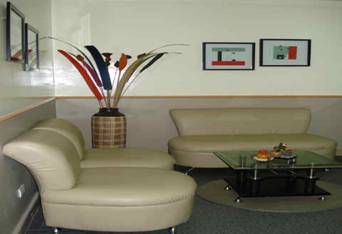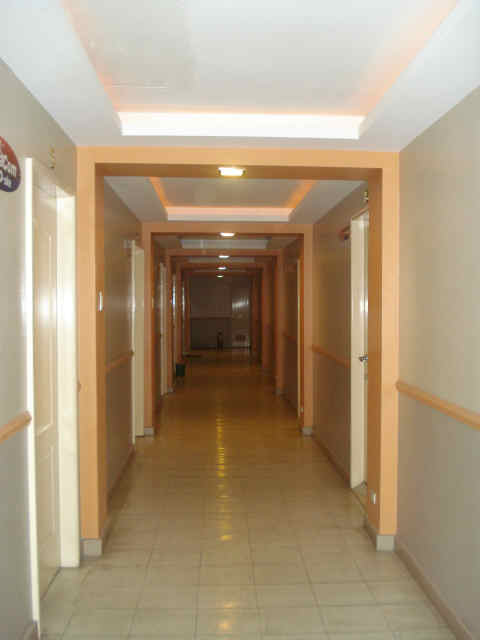|
|
|
Training location
Aviation Dynamics' Ground School is
located near Ninoy Aquino International Airport (NAIA) in
Paranaque City, Metro Manila, Philippines. The proximity of the
facility to NAIA and to the General Aviation area makes it ideal
for ground training. Students can feel the aviation atmosphere
drawing them closer to the dreams they have been aspiring
for.
Less than a mile from the
school is the Air Transportation Office (ATO). ATO is the
government agency in the Philippines responsible
for regulating air transportation in the country
including the conduct of airmen examinations and the
issuance of licenses.
Few miles north of Metro Manila is Iba,
Zambales. Iba Airport is the site of the actual flight
training. The rural setting of the location makes is ideal
for flight training. As early as 6:00 in the morning,
students can already start training and are free from the
usual traffic that is common with busy airports.
|


|
About
Paranaque City
Paranaque is the site of the Philippines' main gateway, the Ninoy
Aquino International Airport. Aviation
Dynamics' Ground School is situated just across the said airport.
About Iba, Zambales
Iba is a 3rd class municipality in the province of Zambales,
Philippines. It is the capital municipality of
Zambales, the site of the famous Subic and Clark International
Airports.
Zambales is a province located in the Central Luzon region.
Zambales borders Pangasinan to the north, Tarlac and Pampanga to
the east, and Bataan to the south. The province lies between the
South China Sea and the Zambales Mountains. The province is noted
for its mangoes, which are among the sweetest in the world. It is
most abundant from January to April.
Zambales is served by the Subic Bay International Airport, which
is located in the municipality of Subic, south of the provincial
capital. Subic Bay Freeport Zone is host to many tourist
attractions which include casinos, beach resorts, parks, beachside
huts and cottages and historical artifacts.
About the PHILIPPINES
The Philippines is an archipelago of about 7,107 islands with a
total land area of approximately 300,000 square kilometers (116,000
sq mi). It lies between 116° 40' and 126° 34' E. longitude, and 4°
40' and 21° 10' N. latitude, and borders the Philippine Sea on the
east, on the South China Sea on the westand the Celebes Sea on the
south. The island of Borneo lies a few hundred kilometers southwest
and Taiwan directly north. The Moluccas and Sulawesi are to the
south, and Palau is to the east beyond the Philippine Sea.
The local climate is hot, humid, and tropical. The average yearly
temperature is around 26.5 °C (79.7 °F). There are three recognized
seasons: the hot season or summer (March to May), the rainy season
(June to November), and the cold season (December to February). The
southwest monsoon (May-October) is locally known as the "habagat"
and the dry winds of the northeast monsoon (November-April) as the "aminhan".
The country also lies within the typhoon belt of the Western Pacific
and about 19 typhoons strike per year.
Filipinos are mostly of Austronesian descent, but there are
significant American, Arab, Chinese, Hispanic and Indian minorities.
There are more than 11 million overseas Filipinos worldwide, about
11% of the total population of the Philippines.
|